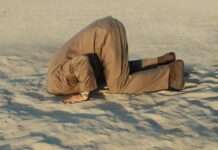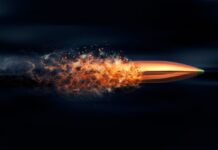Around 560 tons of cocaine has been seized in eastern Pacific and Caribbean, since the year 2016, and the massive haul clearly represents a fraction of the illicit drugs that are being smuggled into the United States, according to the head of a Southern Command anti-drug task force.
“That was just a drop in the bucket of what we were able to detect,” said the Coast Guard Rear Admiral – Christopher Tomney, the director of Southcom’s Joint Interagency Task Force-South, a multi-agency, international counterdrug unit that is based in Key West, Fla.
The drug flow has also increased in recent years due to a jump in production in South America, mainly from Colombia and Ecuador, the two main supply states.
“We’re still dealing with a growing flow,” Tomney had informed reporters recently. “Interdiction is not going to solve this problem. So there are massive quantities of drugs still reaching America’s shores to satisfy the appetite of the users in the United States.”
The anti-drug task force also includes the law enforcement and intelligence personnel and assets, and despite this massive drug flow, has improved its counter-drug programs in the very recent years. They have done this with help of better sensors and more closer international cooperation with the South American and Central American authorities.
The task force was first formed in the 1980s during the Reagan administration when drug smuggling was identified as a serious national security threat.
“Our shortage is not for a lack of information, or a lack of awareness of what’s going on,” Tomney said. “Our shortage is a lack of operational capabilities to respond to that.”
Increased coca cultivation in the South America has produced a “tsunami of cocaine” entering the country by various different means, including container ships, fishing boats, special drug-running fast boats, aircrafts, and recently, the covert semisubmersible vessels.
In a briefing for the reporters at Southcom headquarters in Miami, Tomney had also disclosed the statistics revealing a staggering amount of cocaine and other illicit drugs that continue to move from South America into the United States, largely unimpeded, except for the interdictions by ships and aircraft operating for what is called JIATF-South.
Of the 39 percent, a total of 72 percent resulted in the disruption or interdiction operation and seizure of drugs or other contraband.
Tomney said that, of the 4,700 events, only around 350 resulted in interdictions of mostly cocaine shipments, or roughly nearly one interdiction per day.
The large seizures of cocaine since 2016 are likely the result of improved international partnerships. Tomney said that French and Dutch military commanders are part of his task force and other militaries also cooperate. “Despite international politics, this is a problem set that most nations of the world can rally around, can find common ground,” he had said.































